Hot and shiny summer, Okinawa. A group of scholars is ready to enjoy the trip to one of most fascinating places in Japan, but their principal is reminding them to keep a certain attitude there. Instead, their teacher has a different approach, pushing the kids to live every possible experience in that environment. He closes his speech with an encouragement to his scholars: “Everyone, let’s lose control! And let’s have a memorable summer!”.
Of course, that’s a fantasy, an anime and Eikichi Onizuka isn’t real (but how much could it be cool to see him live in action?), but Okinawa is indeed a wonderful landscape to visit. And football-wise, in Japan it’s an environment which has seen a huge development in the last decade. Just look how things were in the region 10-15 years ago and how they’re doing now.
We could mention how Okinawa SV are rising fast (almost winning the Kyushu Soccer League, definitely a candidate for JFL in the next years), but the men of the hour are located in the Tapic Kenso Hiyagon Stadium, where FC Ryukyu are incredibly close to be the new champions of J3 League. This isn’t only the first trophy in the history of the club, but it’s a ticket to play J2-football next season.
Just like in basically any season of J3 League ever played (with the exception of 2016, when Oita Trinita were the clear favourites to be champions), the title winners hide a big surprise. Zweigen Kanazawa were good, but were they tipped to win? You can ask yourselves that also for Renofa Yamaguchi, Blaublitz Akita and FC Ryukyu now. These four clubs, though, were certainly getting better in progression during last seasons. And especially the Okinawa-based club isn’t an exception.
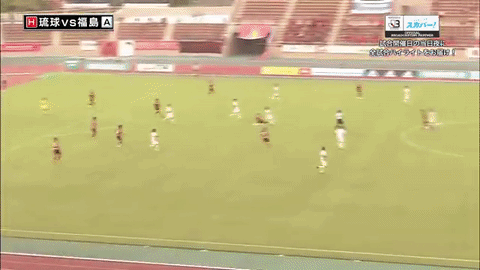
Starting from scratch
Initially, this dream of reaching pro-football started in a hotel. And precisely with Okinawa Kariyushi FC, a club financially backed by Kariyushi Hotel Group from the late 90s. Unfortunately, the club splitted between the initial project (which then dissolved in 2010) and FC Ryukyu, founded in 2003 from the clash with the management of the original club. Yet, the move worked just fine.
FC Ryukyu went from Kyushu Soccer League to JFL in 2006. The project attracted famous names to Okinawa, since former Japan national team head coach Philippe Troussier became the GM, while his compatriot Jean-Paul Rabier was hired as a manager. Unfortunately, FC Ryukyu saw his J. League application denied and everything seemed to fall apart.
After seeing mad attendances for a JFL team (3,189 on their debut season), even overcoming in numbers future J2-clubs like Tochigi SC, Gainare Tottori and Giravanz Kitakyushu –, the results on the pitch weren’t as good as on the stands. There was this strange paradox: in eight season of Japan Football League, FC Ryukyu never achieved a spot beyond 9th place (2011 & 2012) and besides their couple of strikers – Kazuki Ganaha and Shunta Takahashi scored 58 goals combined in the 2012-13 seasons –, there wasn’t that much to notice.
So when the J3 door opened and FC Ryukyu were admitted, fans weren’t expecting that much from them in the passage to pro-football. The club came 11th in 2013, 26 points away from Nagano Parceiro and 22 from Kamatamare Sanuki, which got promoted to J2. The Okinawa-based club didn’t even have that crazy runs on Emperor’s Cup, always being knocked out in 1st or 2nd round.
Yet, the best was to come.
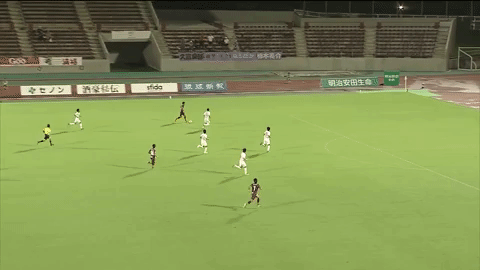
Growing, slow and steady
Okinawa is known to the world also for the longevity of their inhabitants: some demographic indexes point to Okinawa as a “Blue Zone”, which is a place where people use to live longer than in any other part of the world. If Japanese people already live longer than other populations, Okinawans raise the bar. Many explanations may be delivered, but the bottom line is that patience and “taking things slow and easy” are a good habit for people in that Prefecture.
FC Ryukyu just went with that concept and basically applied to football. Instead of living with eager the possibility of being the first club from Okinawa in Japanese professional football, they were just happy to live the moment. They improved every year from their precedent season and, in 2018, they touched the pinnacle of their skills with a unrealistic year in terms of results.
To do that, though, you gotta pick the right options. First of all, already in 2013 the club found a decent coach to grow: Norihiro Satsukawa, who brought the club from JFL to J3. Then chosen to manage first SC Sagamihara (it didn’t go well) and then Nara Club (the aim is to reach J3), Satsukawa had a decent reputation, since he was the man who coached Nagano Parceiro on their great rise from Regional Leagues to the top of JFL.
Then, the club made some other good choices on the transfer market. The management picked Keita Tanaka from Nagano Parceiro, in which he hasn’t been nearly as good as he has showed in Okinawa (as today, he’s one of best all-time scorers in J3). Yuta Togashi and Park Ri-ki came in 2015, while 2016 saw the arrival of Kosuke Masutani and Park Iru-gyu, all around the main star, Yu Tomidokoro.
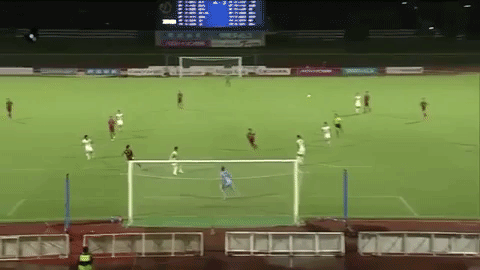
They started slow: FC Ryukyu came 9th both in 2014 and 2015, also by losing some matches in a heavy manner (1-7 against Zelvia and 0-6 against J. League U-22 selection in 2014; 4-6 vs. SC Sagamihara in 2015), but they persisted in their own way of playing football. Plus, the league was expanding and they opted for a managerial change which was indeed the key-moment to think about promotion.
Kim Jong-song is North-Korean, but he’s born in Tokyo and he even played some matches in J. League during the 90s (with Jubilo and Consadole). Class ’64, he also featured with the North Korea national team during 1992 AFC Asian Cup, even facing Japan in one Group Stage match. After that, he retired and he dedicated almost his post-field career to Korea University: beside a small stint at Cerezo Osaka, he has been involved in that environment, becoming the head coach in 2012-13.
FC Ryukyu snatched him in 2015, when Kim became the academy director: a logical move, if you think the manager was already involved with North Korean football’s development, being in the staff of national team in many competitions (Asian Cup 2011, 2015 U-20 World Cup). When Satsukawa was released, the board immediately thought of Kim, with the clear policy of renewing the roster with young and fresh blood.
And everything started improving.
Showtime in further South
2018 season may be a surprise even for Japanese football’s regular followers, but FC Ryukyu have been improving a lot under Kim Jong-song. In 2016, the club came 8th and they won at home against Nagano, Oita lost 4 points out of 6 against them and Kagoshima lost both derbies. And even when Ryukyu lost their captain and star – Keita Tanaka signed for Mito HollyHock –, nothing changed.
They improved again in 2017, coming 6th (actually tied 5th with Nagano!) and seeing a massive boost in attendances (+60,7%!). Most of all, from August 2017 to January 2018, the board signed the final pieces of the promotion puzzle: Kazaki Nakagawa arrived from Spain, Ryuji Bando brought his experience from Omiya Ardija and most of all Yuichiro Edamoto – now J3 League’s 3rd all-time scored – decided to join the club. Last but not least, FC Ryukyu finally got their J2 license for their first time in September 2017.
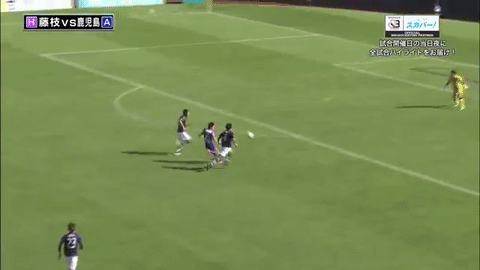
Despite losing two key-players like Keisuke Tanabe (to Roasso Kumamoto) and Norihiro Fujisawa (one of J3 finest players, who switched to Kagoshima United FC), FC Ryukyu have flown higher, especially in the second part of the season. The club’s president, Keishiro Kurabayashi, said it best some years ago, implying that promotion was the ultimate goal. And 2018 is the right year.
In this season, FC Ryukyu had just one bad month in April, where they plummeted to 7th place, before winning again and then taking the top of the table after a 3-0 home win against Fujieda MYFC. They never left it, they hold the best attacking record and their run from Matchday 9 has been unreal: one defeat in 20 games, 15 wins, +12 points on Thespakusatsu Gunma. Yes, Thespa: the next opponent and the only one mathematically pushing the celebrations further in time.
Of course, great celebrations will run in Okinawa. This is a wonderful achievement and there’s a real chance FC Ryukyu might save themselves from relegation in 2019 J2 League… if all pieces stay in their spots. The club’s growing – it has its own eSports team, Tsuyoshi Kitazawa is the ambassador and everything’s going alright –, but it’s not always easy to stay at the top.
Will Togashi and Nakagawa go back to Spain in the future? Will Edamoto, Park and Tomidokoro remain in Okinawa? Will Kim be attracted by other projects? When you go up, it’s important to have answers to these dodgy questions. They may not have Eikichi Onizuka on their side, but FC Ryukyu and Okinawa will definitely live a wonderful time in the next months: the showtime has been fun, why shouldn’t it go on?
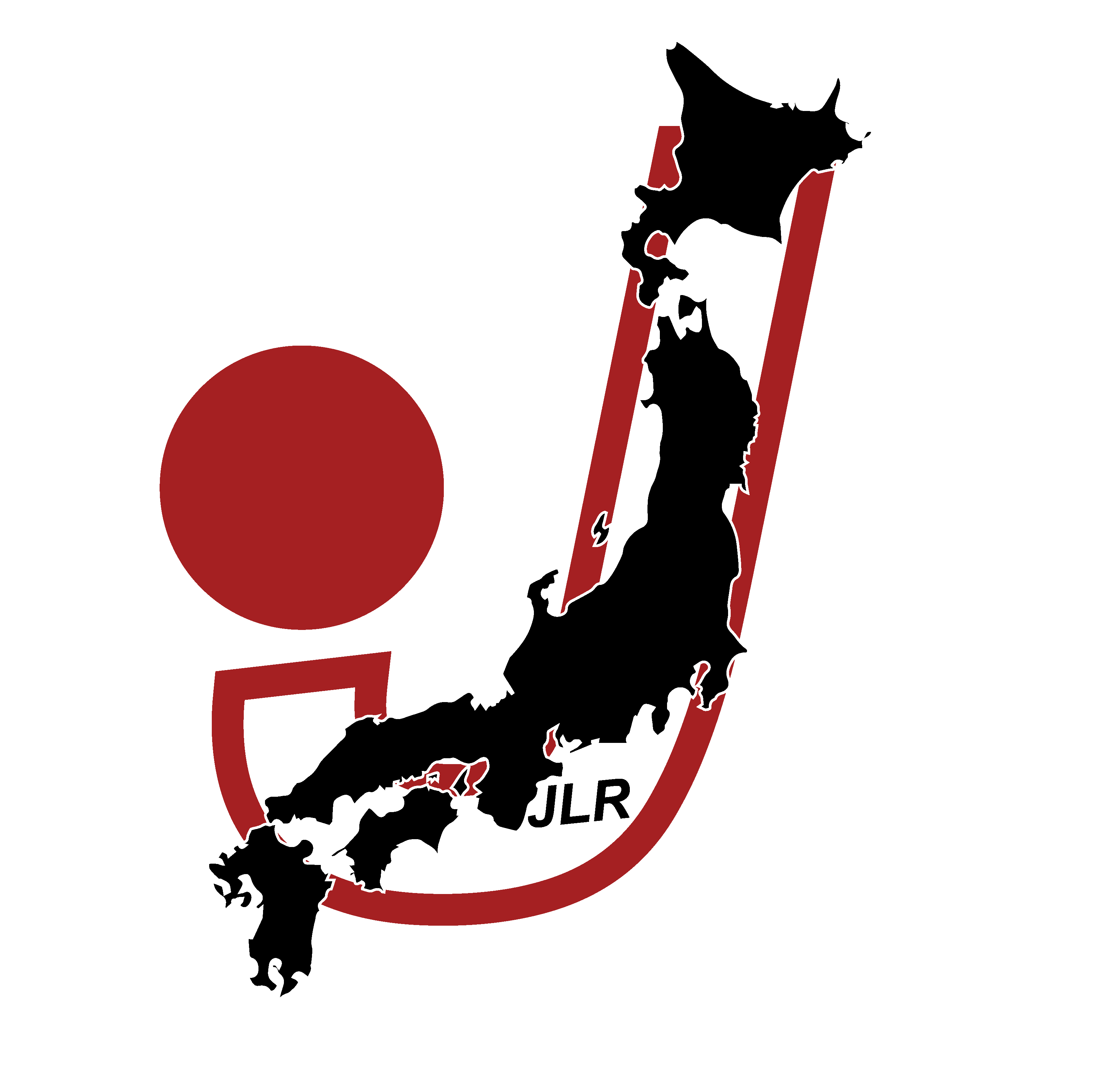
A very interesting read. I look forward to seeing how they do in the J2 league.
LikeLike